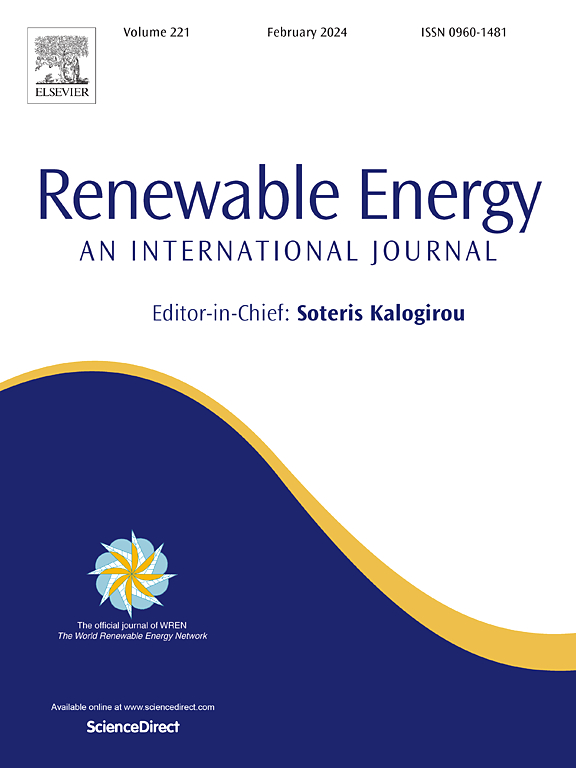Photovoltaic power prediction based on multi-scale photovoltaic power fluctuation characteristics and multi-channel LSTM prediction models
IF 9
1区 工程技术
Q1 ENERGY & FUELS
引用次数: 0
Abstract
The global shortage of non-renewable energy sources has catalyzed the vigorous development of photovoltaic (PV) energy. Accurate prediction of PV power output is essential for ensuring the safety and stability of integrating small-scale PV systems into the power grid. Therefore, this paper proposes a hybrid multi-station parallel PV power prediction method (MCFC-MAOA-MCLSTM-Attention) based on multi-scale historical PV power fluctuation feature extraction. First, for the problem of variable weather types due to the existence of strong fluctuations in meteorological factors, a weather classification algorithm based on multi-scale fluctuation characteristics (MCFC) is proposed, and combined with the similar day algorithm to select the classified meteorological data secondly and improve the correlation between the data. Subsequently, this paper proposes a multi-channel structured long and short-term neural network modeling method (MCLSTM) to further extract the spatio-temporal correlation of different PV sites in the region and realize the integrated prediction based on geographic location and time series. To address the challenges associated with calibrating model parameters, which significantly impact the prediction accuracy, the modified Archimedean optimization approach (MAOA) was employed to optimize these parameters. The experimental results demonstrate that the model is both highly reliable and generalizable for predicting photovoltaic power data.
求助全文
约1分钟内获得全文
求助全文
来源期刊

Renewable Energy
工程技术-能源与燃料
CiteScore
18.40
自引率
9.20%
发文量
1955
审稿时长
6.6 months
期刊介绍:
Renewable Energy journal is dedicated to advancing knowledge and disseminating insights on various topics and technologies within renewable energy systems and components. Our mission is to support researchers, engineers, economists, manufacturers, NGOs, associations, and societies in staying updated on new developments in their respective fields and applying alternative energy solutions to current practices.
As an international, multidisciplinary journal in renewable energy engineering and research, we strive to be a premier peer-reviewed platform and a trusted source of original research and reviews in the field of renewable energy. Join us in our endeavor to drive innovation and progress in sustainable energy solutions.
 求助内容:
求助内容: 应助结果提醒方式:
应助结果提醒方式:


